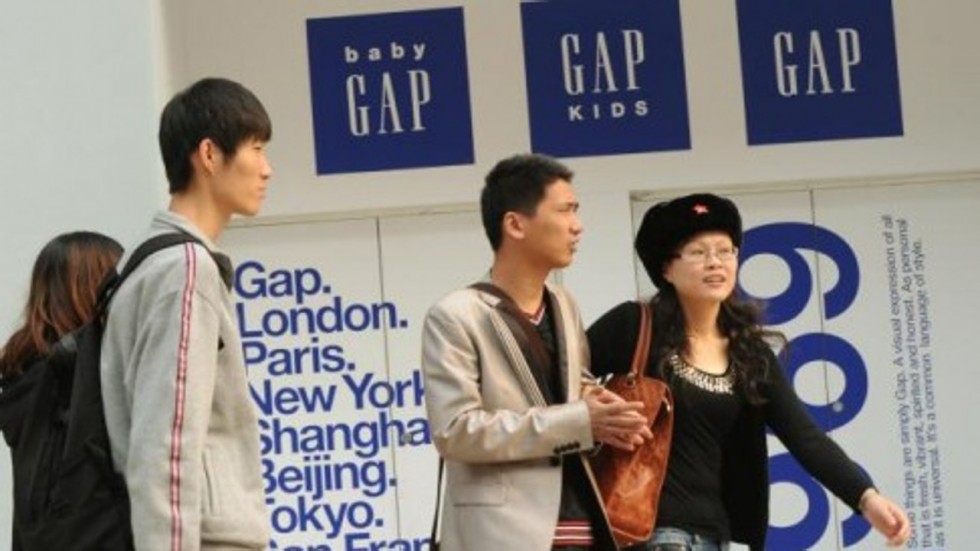China inflation edges higher as food costs rise
The producer price index (PPI), which measures prices of goods at the factory gate, fell 5.9 percent year-on-year in October, matching the figures for the previous three months, which represented a six-year low.
Consumer prices rose 1.5 percent year-on-year in November, faster than the 1.3 percent growth seen in October, as both food and non-food price inflation picked up, the National Bureau of Statistics said Wednesday.
In the first eleven months of 2015, China’s CPI inflation remained subdued at an average rate of 1.4% year-on-year, while PPI declined 5.1% over the same period.
The NBS attributed the rise mainly to rising food prices, as vegetable prices surged 9.4% year-on-year last month, while prices for meat and poultry products rose 6.2%. The pickup still leaves room for additional easing, as CPI is forecast to rise at half of the government’s target this year, according to a Bloomberg survey.
Data released by the China Customs Bureau showed imports fell at an annual rate of 5.6 per cent in November, far better than the double digit declines which had been predicted.
The Shanghai Composite Index erased earlier gains to retreat 0.1 percent as of 9:50 a.m. local time. The central bank led by Governor Zhou Xiaochuan has already cut its main interest rate to a record low and reduced the required reserves for the nation’s biggest banks. In its attempt to achieve its 7 percent growth target, the government ramped up fiscal spending this year.
It was the 45th consecutive monthly decline for the PPI, indicating weakness in the export sector but also chronic over-capacity among the country’s manufacturers.
But there was little cheer for China’s vast manufacturing sector, which remains locked in a deflationary cycle.








